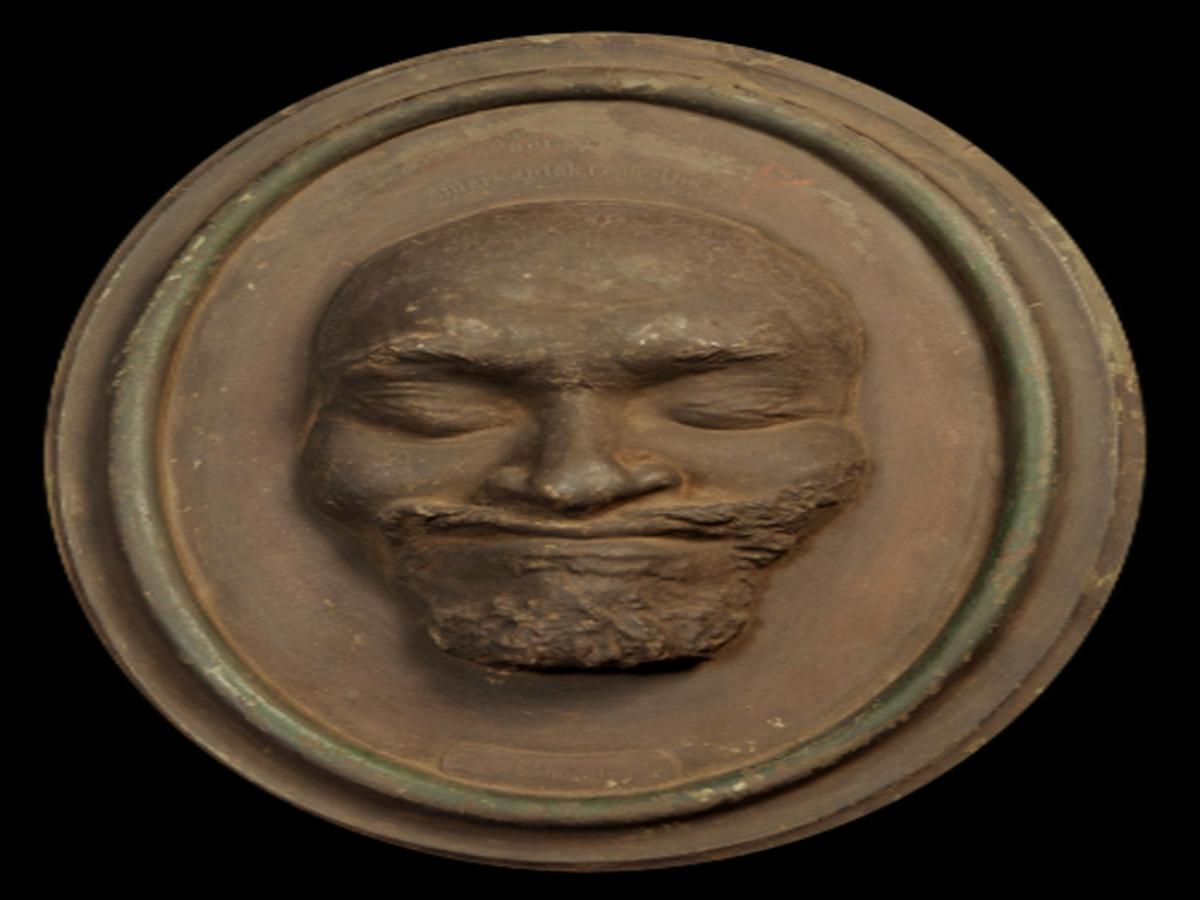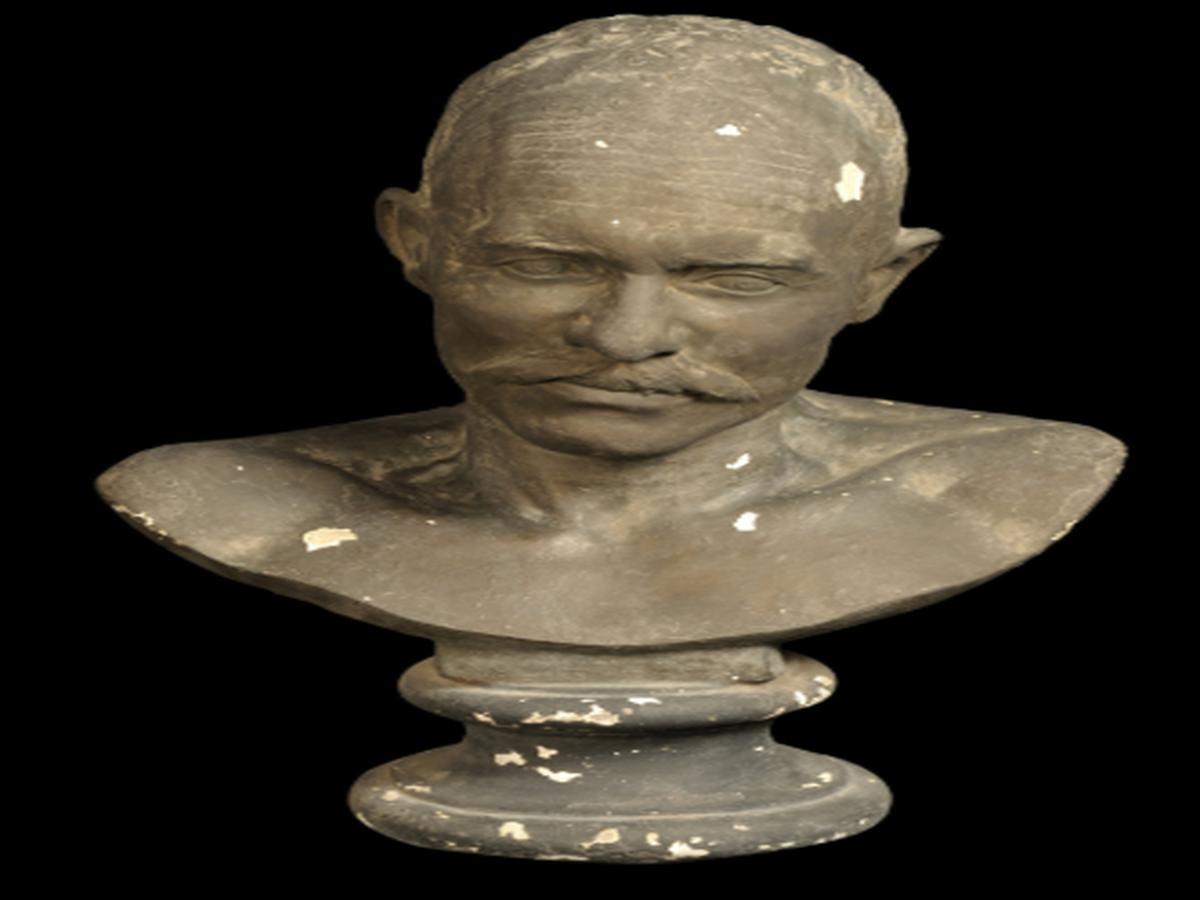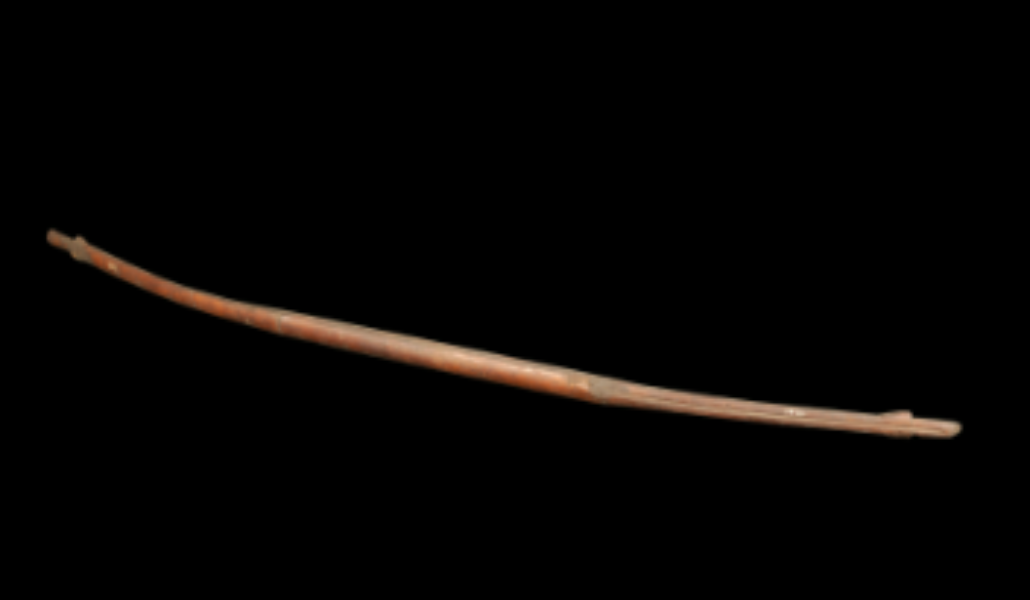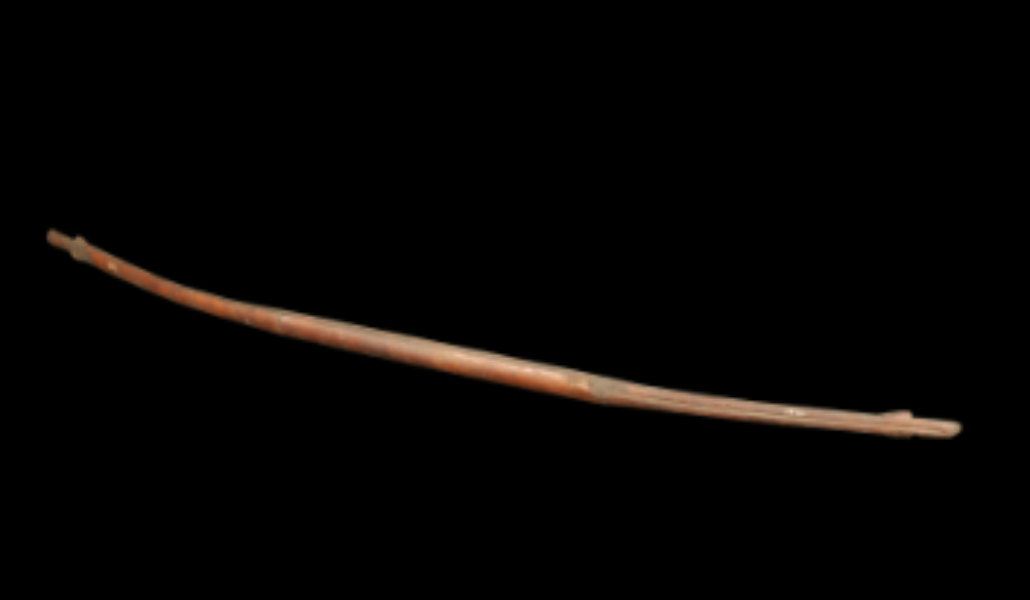
tribal artefacts
Padu Face Mould , madhya pradesh

Cast in metal, the male oval face mask of Padu from Amarkantak in Central India is one of the Kol tribes' more prominent decorative works. The Kol people are distinguished by their rich oral traditions and close relationship with forest and agricultural lifestyles, with communities found across various Central Indian states, such as Madhya Pradesh, Uttar Pradesh, and Chhattisgarh. The mould itself has been made through a single casting, embracing the face imprint and its boundary frame in one unison. Padu bears a definite shine of personality with the full beard and moustache capturing all the unequalled realism of his representation. The name and place Amarkantak are inscribed on the upper half of the mould, linking an embodiment of society, a man, and the area he was living in. Face moulds are extremely uncommon among the tribes, and this lends an even greater significance to this piece. There may have been an aspect of commemoration involved, perhaps as a way of honouring Padu as an ancient respected elder or leader of the community. Memory of the ancestors who have gone as an important spiritual consideration in Kol customs is often similarly mentioned through folklore and remembrance objects. Hence this face mould becomes a cultural and emotional anchor whereby the community could have preserved the memory of an important figure. The artefact provides a rare view into the Kol people's survival of intertwining personal identity, history, and plastic art into one, contributing to illustrate a dimension of their impoverished but vivacious cultural heritage.






